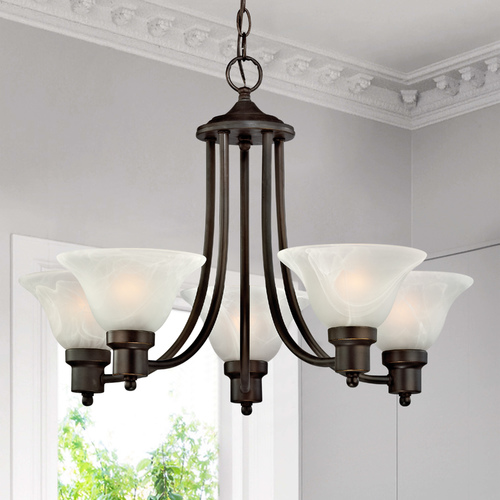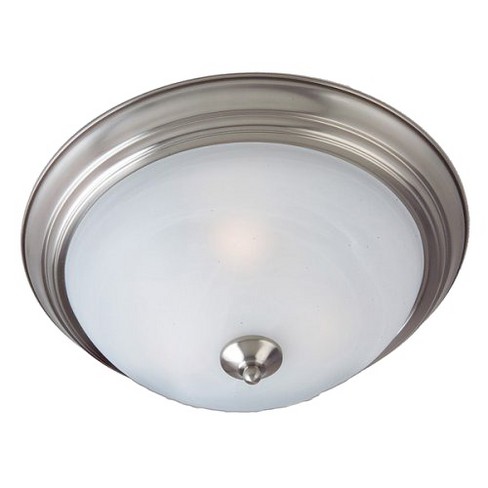I hate the flicker but my bird does okay with them (I have 2 different light fixtures where I spend most of my time, and I have found that they are less obnoxious if you use a fixture type that covers the bulb on the bottom....like:
When the bulb is exposed on the bottom (so you can see the bulb when you look up) that is when I notice the flickering---almost like a strobe effect when I move my hand quickly, but it is subtle. I also think getting the LEDs that have a warm glow can help--the white ones seem very intense.
I DO think Noodles notices the flicker at times when I am moving quickly (but that room is the one that doesn't have the bulbs with covered bottoms)...so...my rambling thoughts are:
1. get a covered bottom fixture if it isn't too hard
2. try for "warm glow" LEDs (they have a yellowish cast when lit, as opposed to an icy/cold brightness.
3. I have often wondered if the flicker is problematic..In certain settings, they give me a headache, but I haven't noticed that in my house.
EDIT----THIS IS WRONG---->
"Another perk: they don't get as hot, which means that you don't have to worry about ptfe/pfoa coatings (which, surprisingly, are found on a variety of non-heat-lamp bulbs for in-home use...)."
I said this before I knew that THEY apparently DO get hot but the heat is absorbed by the base..which rules out my theory on PTFE/PFOA risk being void w/LEDS. I have used mine without issue, but again, some bulbs out there do contain PTFE/PFOA...since the base is reportedly what heats, that is where I would want to double check on PTFE/PFOA. I doubt they get THAT hot, but I don't know for sure. I bet some "green living" websites would give more insight into this, as that community tends to be anti Teflon and pro LED.
"
Safety Coated Lamps and Animals
Many safety coated lamps are coated with a substance called polytetrafluoroethylene, or PTFE. It is also known by the trade name Teflon, and is fundamentally the same substance that many non-stick cooking pans are coated with. When lamps coated with PTFE are burned, a small amount of gas is emitted from the lamp. PTFE has been shown to be safe when used around humans and most animals, but birds have very sensitive respiratory systems and are therefore very susceptible to sickness or death. We strongly recommend against the use of any PTFE coated lamps in areas where birds are kept, such as chicken coops."
https://www.bulbs.com/learning/animalsafety.aspx
"
shatter resistant" is another term for the bulbs that often contain this coating.
Service work-lights are another common source of the coating, but you wouldn't be using one of those in your house...
More bulb-types to avoid:
https://www.bulbtown.com/Coated_Light_Bulbs_s/32.htm
Apparently, the FDA mandates that coated bulbs like this be used in restaurants where food is being prepped etc..interesting factoid..yet another reason to avoid restaurants with your bird:
"Except as specified in of this section, light bulbs shall be protected, coated, or otherwise shatter-resistant in areas where there is exposed food; clean equipment, utensils, and linens; or unwrapped single-service and single-use articles.
Chapter 6, Section 202.11 Light Bulbs, Protective Shielding."
I do not think PTFE coating is AS COMMON in LEDs. If you had to pull a random bulb out of a hat (assuming one hat had LEDs and the other fluorescents) I would trust the LED "hat" more.


